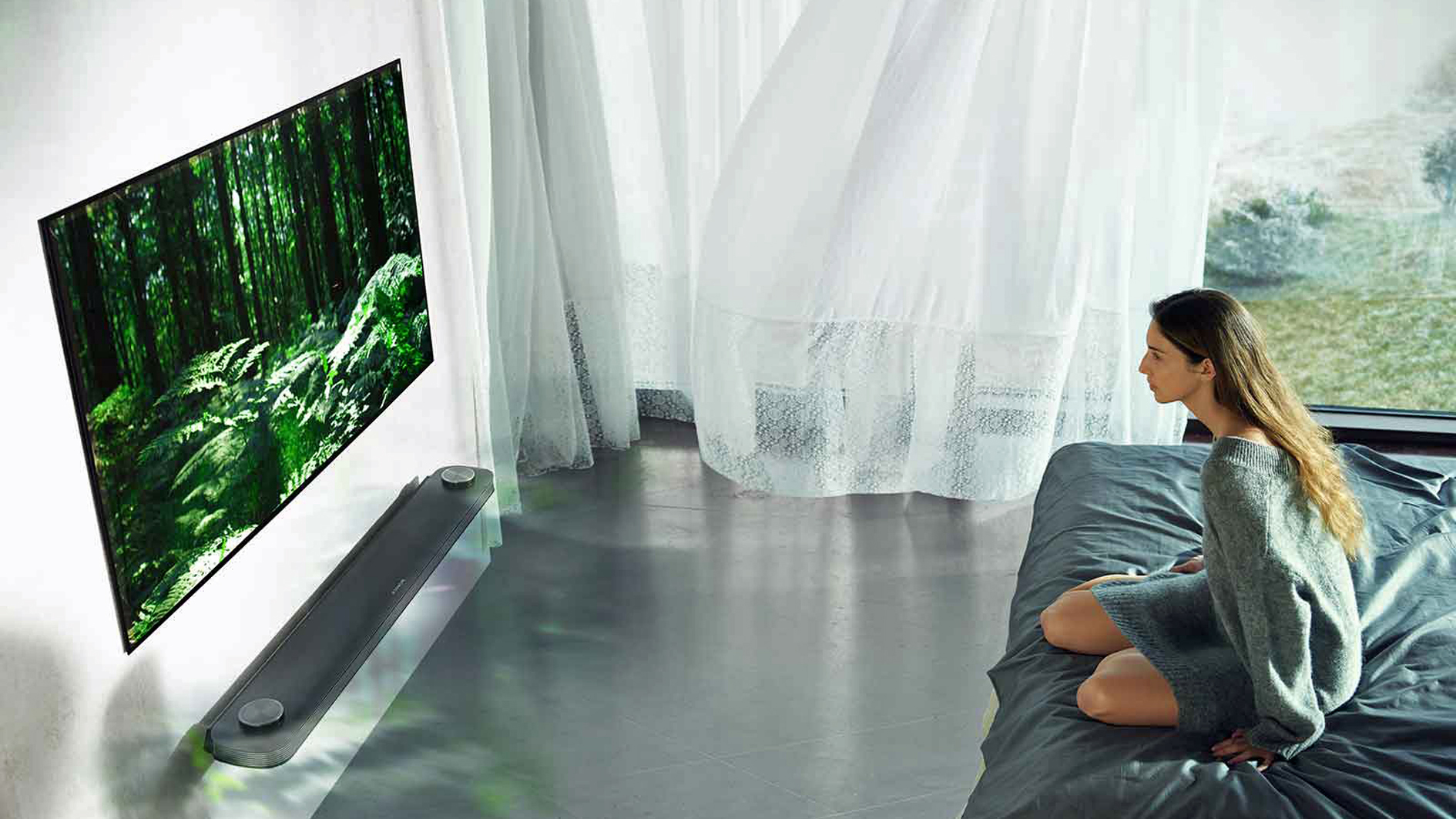

When LG launched the W7 – affectionately dubbed ‘wallpaper TV’, owing to its thinness – the world was stunned. The TV world, at least. It was aspirational, innovative, unique, and with a pleasingly bracing expensiveness. But that was last year; the new best TV in the world for those who value ultra-slimness over all is here: the LG OLED W8.
It's a key reason why we reckon 2018 is THE year to upgrade to OLED…
- Best UHD televisions under £1000…
- Best 4K and full HD TVs under £500
- Up your TV's volume with the best soundbars and bases
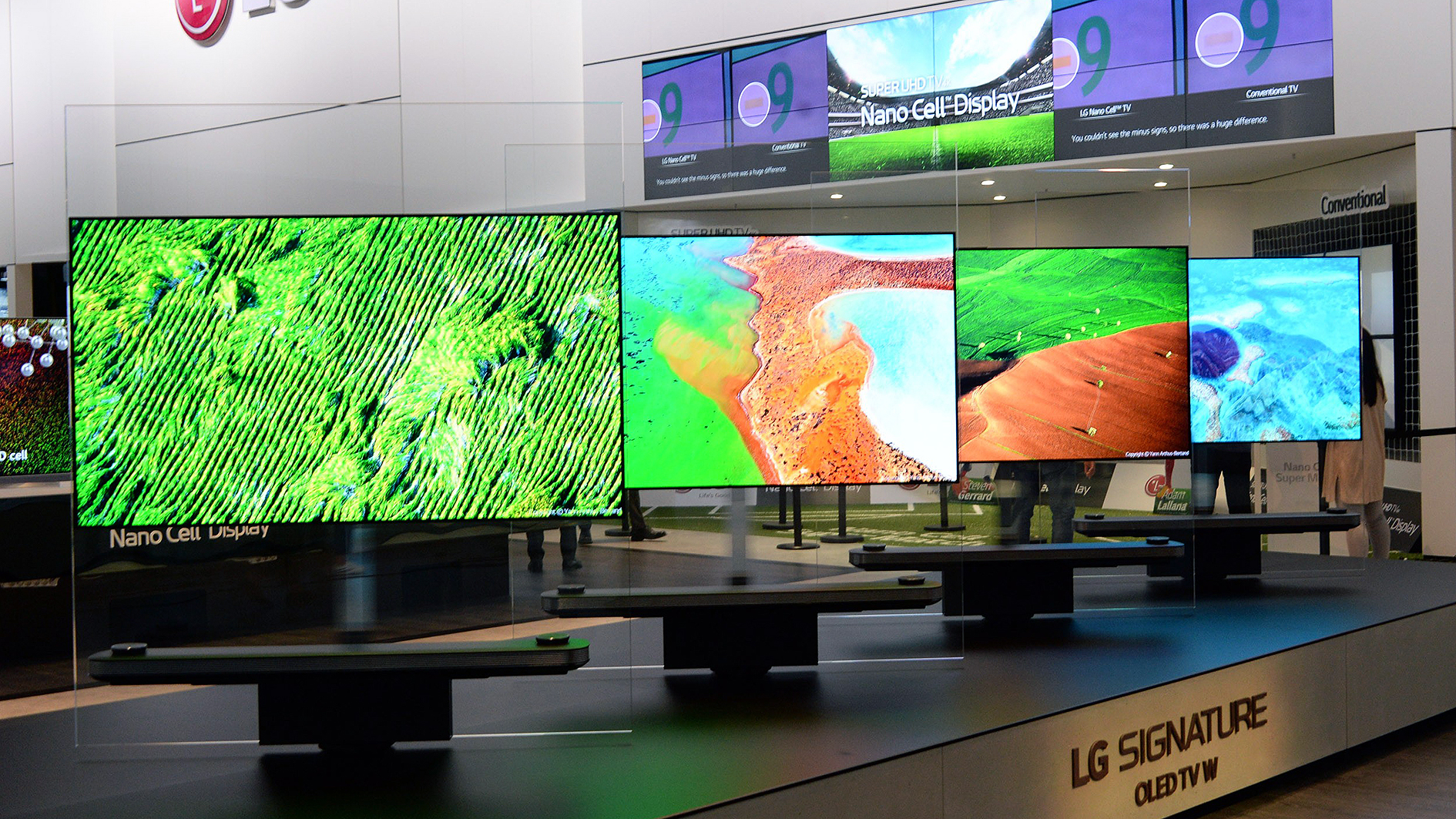
Available in 65- and 77-inch variants (OLED65W8 and OLED77W8), we got a glimpse of the LG W8 at CES in January, but we got to really see it this week at LG’s 2018 TV event.
At first glance the W8 for 2018 looks identical to the 2017 flagship model – which is no bad thing with that 2.75mm thin screen and its attractive sidekick, the 4.2-channel soundbar. But beneath that slither of a panel lies a new brain which has upped the quality, making the picture and audio better than ever before.
Smooth just got smoother
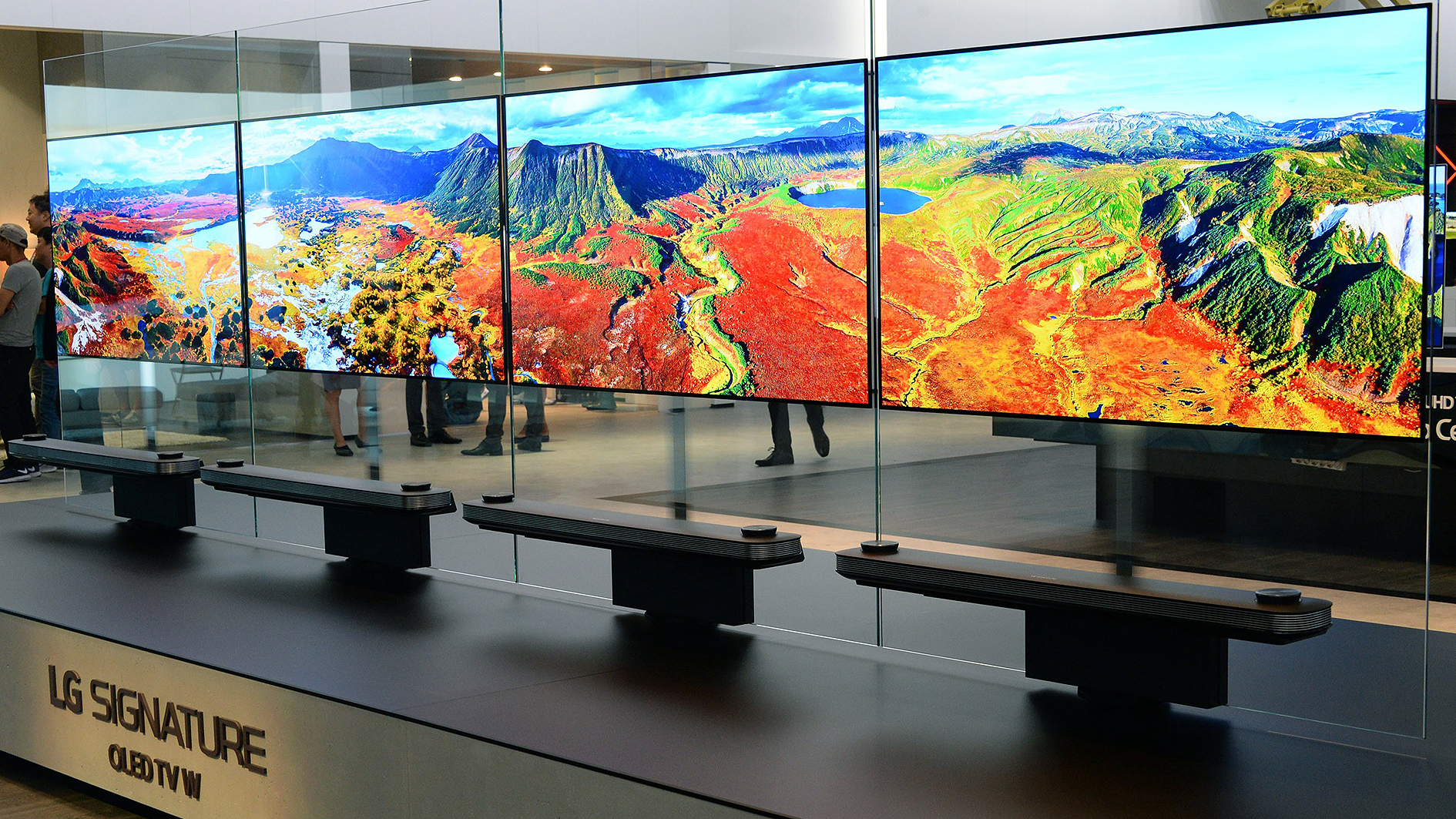
LG is very proud of the new processing that runs its OLED W8 range (and its other 2018 OLED tellies). Dubbed the Alpha 9, this powerhouse means that the picture processing, a key part of quality in OLED, is better than ever. OLED as a tech means the top end of quality is physically near unlimited, but it’s the processing that lets brands – and viewers – realise that potential quality.
The new Alpha 9 processor is now able to offer four layers of noise reduction, doubling the previous efforts. What that means to us at home is that the picture has far less noise. This is thanks to quad step de-contour noise reduction which means the picture is even more natural and smooth.
The way the picture is enhanced has been upgraded too with frequency based sharpness smarts. This splits the image into segments and analyses how much action is going on, which is measured by frequency. This can then sharpen the picture where needed for an overall improvement in sharpness throughout.
Sign up to the T3 newsletter for smarter living straight to your inbox
Get all the latest news, reviews, deals and buying guides on gorgeous tech, home and active products from the T3 experts
There’s also a super smart object recognition system which works a bit like the iPhone X camera to create depth around images. That means close-ups on faces, for example, draw you in far more as the face ‘jumps out’ at you. Not in a scary way; the effect is subtle and natural, rather than looking like an Instagram filter.
High Frame Rate, future proofed
There’s a new jargony buzz-phrase to learn in TV land this year: HFR. The high frame rate compatibility of the W8 is a whopping 120 FPS. That means sports and movies look uncannily realistic, even when the action speeds up.
This is classic future proofing. Or, to put it another way, there is no content right now – even the HFR stuff on YouTube can’t currently be played on the W8. But as long as content providers get on board, and deliver HFR in a way that LG can use on the TV, it’s future proofed.
Dolby Atmos is more adaptable
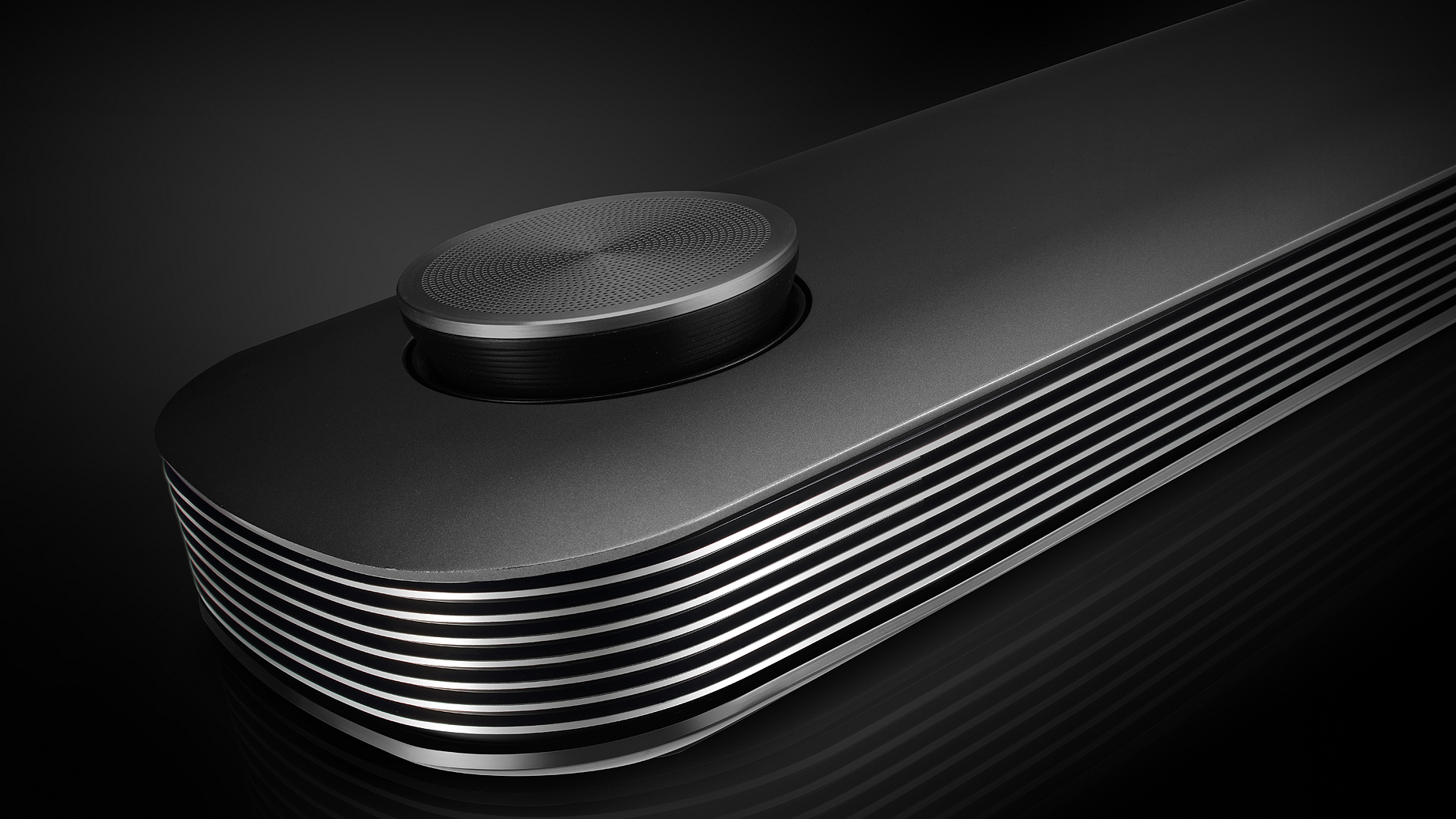
The W8’s soundbar speaker is good, but it can’t muster up all the immersive effect of Dolby Atmos. However, the W8 can now directly output Atmos audio via HDMI to a suitable receiver, speakers, or soundbar, giving you an easy way to fill your entire room with explosions, sound effects and music.
HDR has been turbo charged
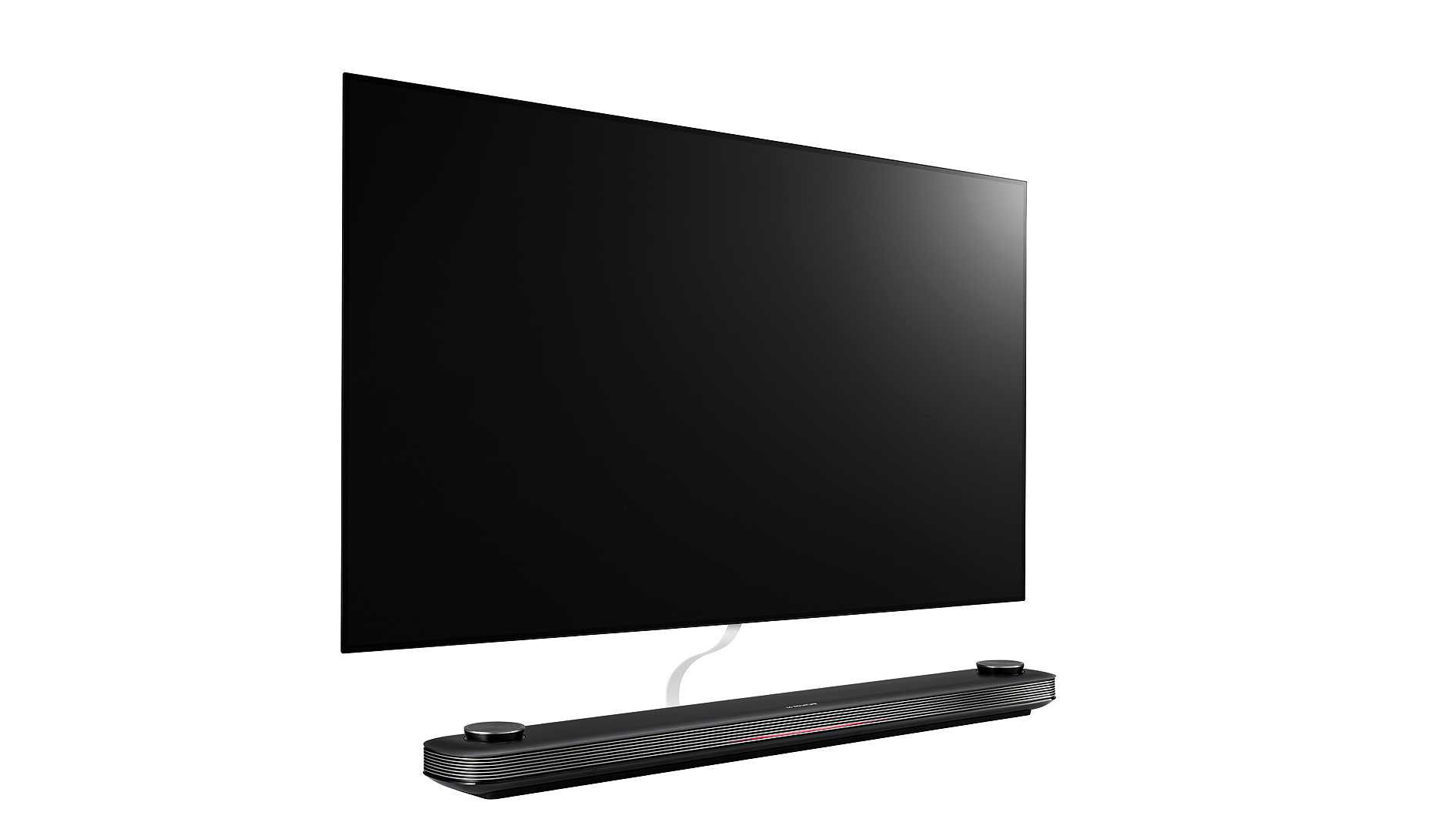
Now LG supports more High Dynamic Range inputs than ever. Not only do you get HDR10 and HLG but also Dolby Vision and Technicolour too. All that colour is also enhanced with the new adaptive colour enhancer which makes dominant colours more punchy with a new look-up table that means seven times greater colour accuracy.
HDR 10 Pro and HLG Pro are the names of these formats since LG has enhanced the current level with its own tone mapping for a better HDR experience than ever when watching the likes of Blu-ray, Netflix, BBC iPlayer and more.
The price has gone down
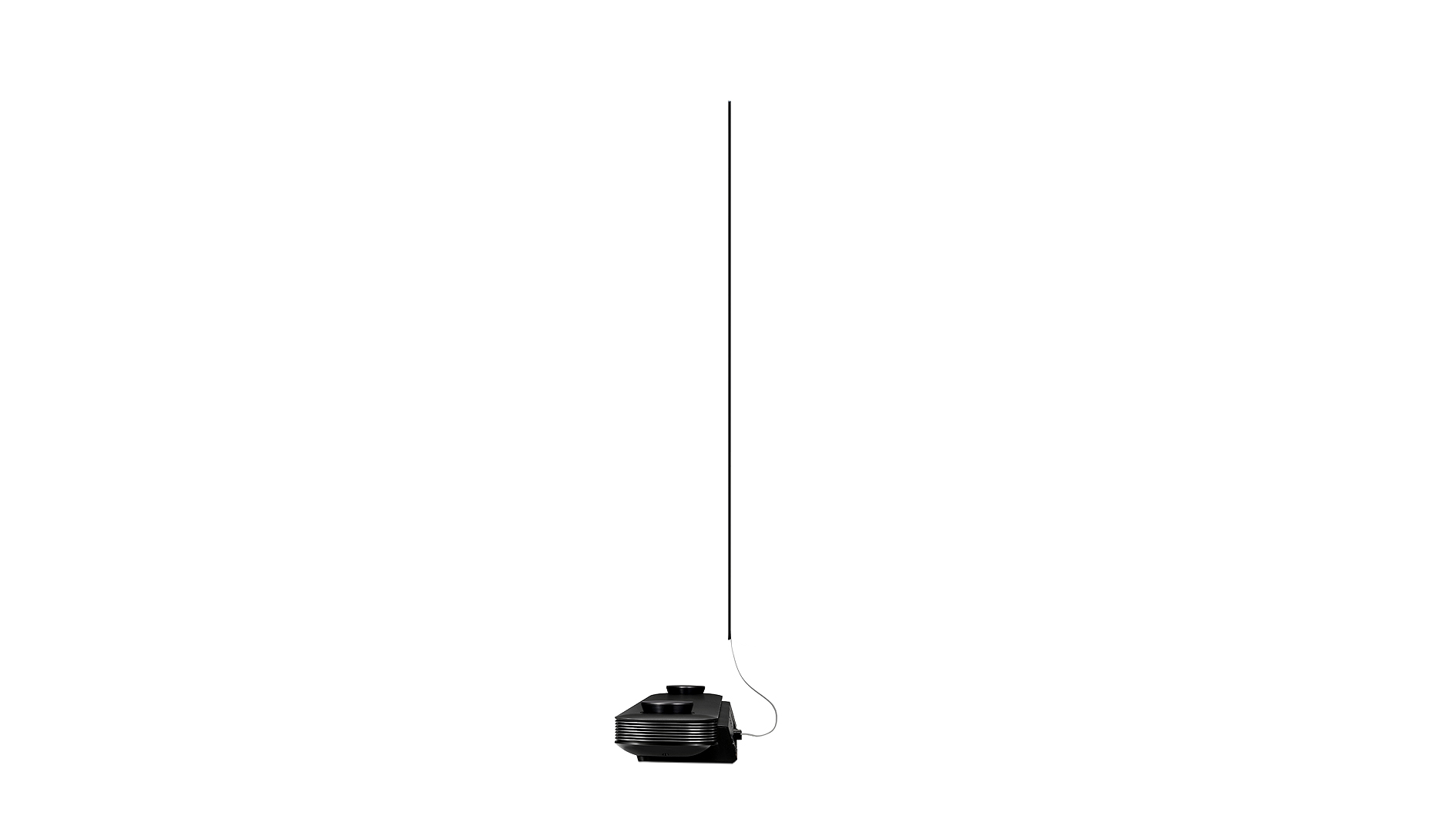
Well, hopefully. LG lists the US prices as $7,000 for the 65-incher and $15,000 for the 77-inch big daddy. Even if those prices undergo a straight $ = £ conversion, that’s still a bit cheaper than the W7. If the actual exchange rate is used, they’ll be about £5,000 and £10,600 respectively, but don’t hold your breath on that one.
…And there’s an LG OLED for everyone!
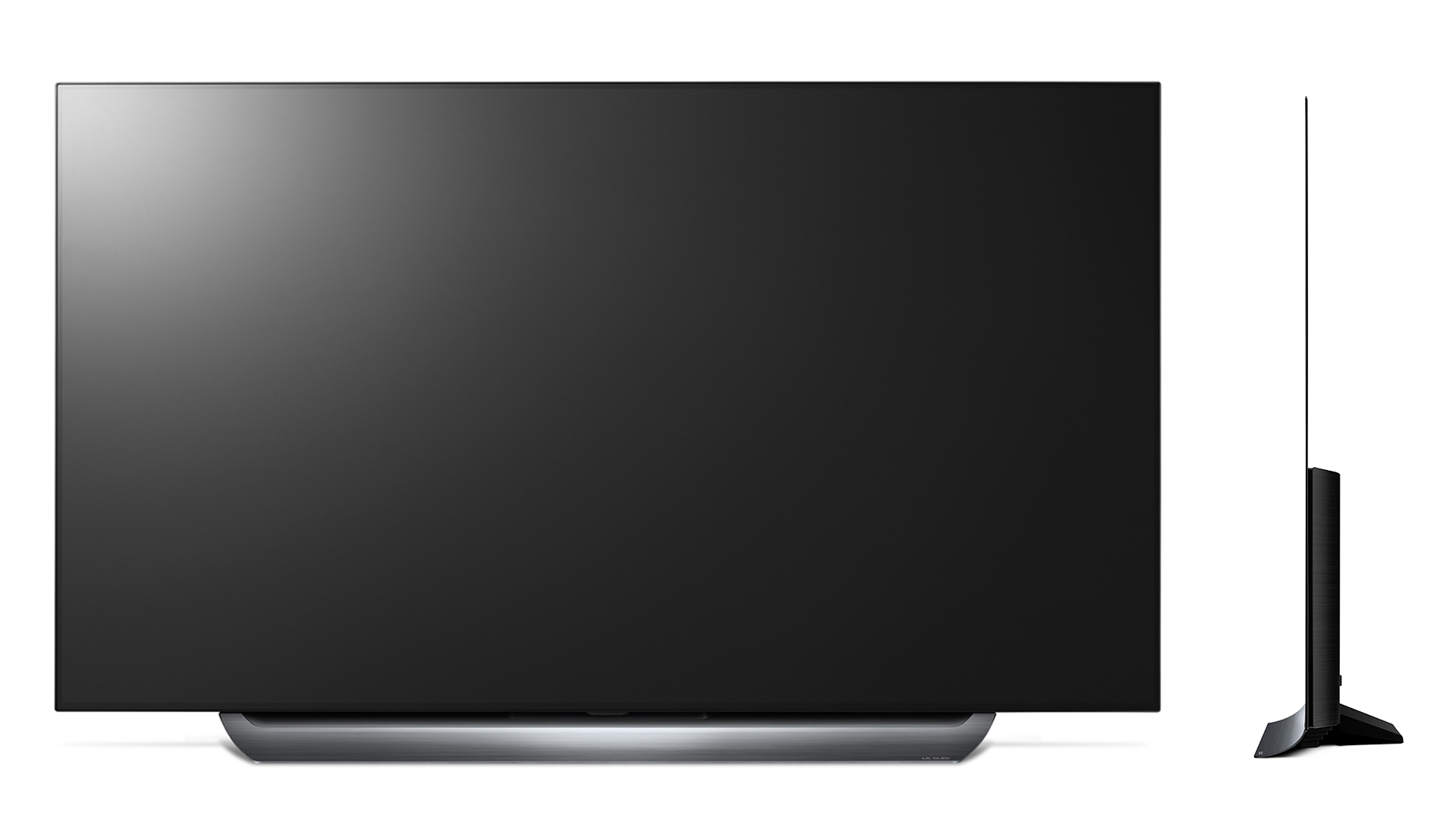
Those with less deep pockets can enjoy the same LG OLED visual quality, if not quite the same wafer thinness, via the E8 and C8 ranges. The latter won multiple awards at CES and as you can see, is hardly irredeemably bulky…
- The LG OLED C8 is more affordable, out now, and we love it
Luke is a former freelance writer for T3 with over two decades of experience covering tech, science and health. Among many others Luke wrote about health tech, software and apps, VPNs, TV, audio, smart home, antivirus, broadband, smartphones, cars and plenty more. In his free time, Luke used to climb mountains, swim outside and contort his body into silly positions while breathing as calmly as possible.

